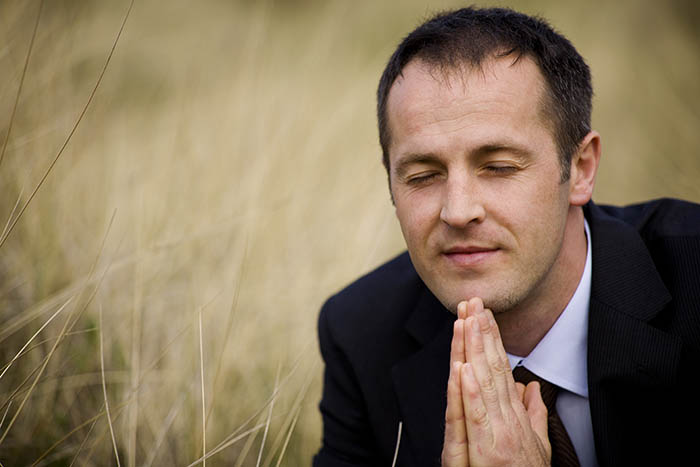
‘Doubt…?’
Wednesday, July 10, 2019
Doubt. One of the things I love about the Bible is its earthy realism. It understands the world we live in – the good and the bad, the joys and the sadness. It also understands how we feel about life’s injustices especially when we see people who mock the notion of God, enjoying success. Nothing ever seems to go wrong for them. And as well as the unfairness we often feel, there are the realities of droughts and famines, floods and destruction, earthquakes and despotic rulers. Why doesn’t God step in? It seems so out of character.
Questions. True faith will always have questions. In fact, the faith that refuses to ask questions is one that leaves itself open to the contempt of the skeptic. True faith will want to address tough questions and be willing to experience the doubts that arise.
To have doubts is not to lack faith for doubt is not the opposite of faith. Doubt and unbelief are two very different things. Doubt is something that only a believer can experience, for you can only doubt what you believe.
People who believe in God often find their relationship with him grows stronger and more intimate when they are willing to face their doubts by asking tough questions. Psalm 73 is a good example of this. The writer tells us that he came close to abandoning his faith in God: But as for me, my feet had almost stumbled; my steps had nearly slipped. Yet by the end of the psalm, he can say: But for me it is good to be near God; I have made the Lord God my refuge,… (73:28).
Through the psalm, he recounts his spiritual pilgrimage – how he progressed from doubt to a complete trust in God. He touches on his reasons for doubt and then the solution. One of the big questions for him is framed against the principle that God is good to the upright (73:1). ‘So why is it’, he asks, ‘that many who are godless find life easy while I suffer? Where is God?’
Solution. As he reflects on this, he perceived their end… God would bring about their downfall – and it would be eternal. The idea of a final day of accounting is often mocked today. But, as thoughtful people point out, if there is no final judgment, morality becomes irrelevant. Indeed, unless we see that there is a future accounting, goodness itself has no value.
Strategy. In Psalm 73:15ff we learn how the poet worked through his doubts. He went to ‘church’: When… I went into the sanctuary of God… I perceived their end. Good churches not only read God’s Word, they believe it to be God’s authentic, written, self-revelation, and teach it. Confronted with God’s Word the psalm-writer began to see what happens to those who choose not to believe: They are like a dream when one awakes; on awaking you despise their phantoms (73:20).
We today have all the more assurance about this because we have the evidence of the death and resurrection of Jesus Christ. Without him we will not know life in all its fullness and joy. C.S. Lewis once put it this way: All your life an unattainable ecstasy has hovered just beyond the grasp of your consciousness. The day is coming when you will wake to find, beyond all hope, that you have attained it, or else, that it was within your reach and you have lost it forever.
– – –
© John G. Mason – www.anglicanconnection.com
– – –
Getty Music Worship Conference: ‘Sing…!’ – August 19-21, 2019, Nashville, TN
Theme: ‘The Life of Christ’ – www.gettymusicworshipconference.com
John Mason speaking – Breakout Group: Monday, August 19, 3:00-4:00pm.
Topic: ‘Thomas Cranmer and Christ-Centered Worship.





